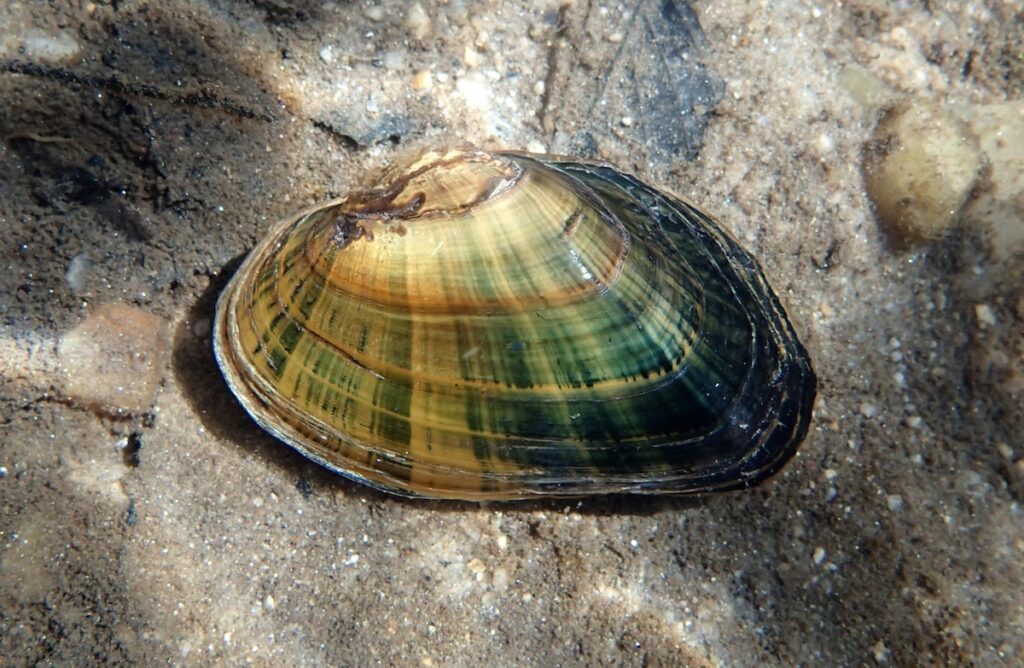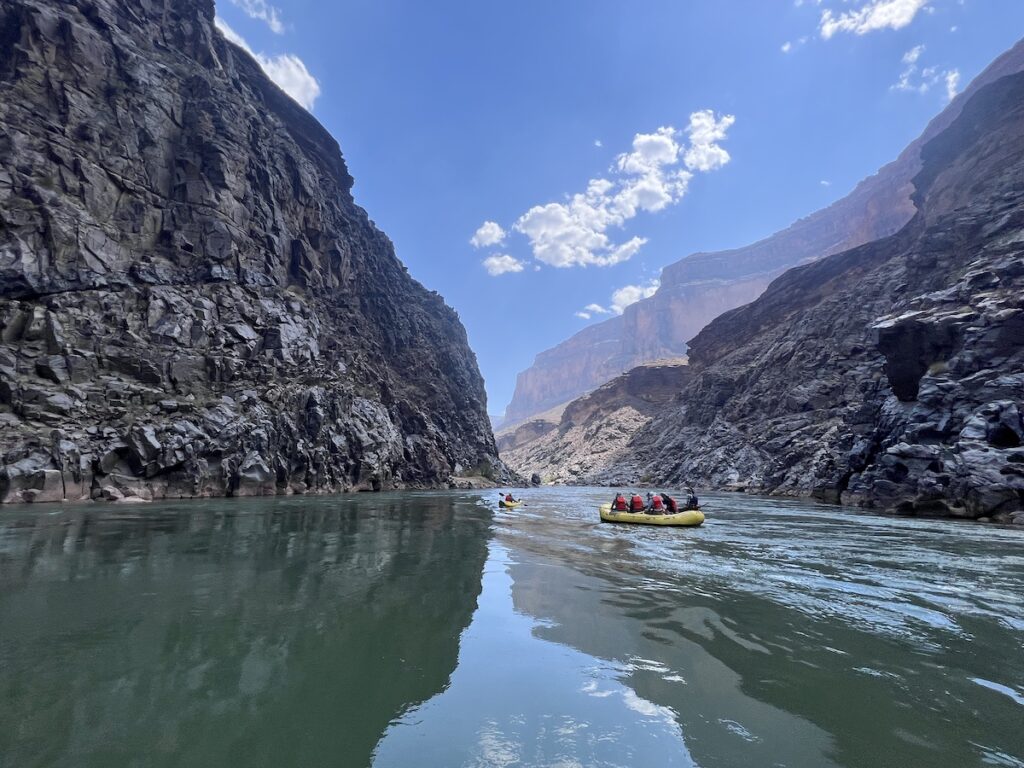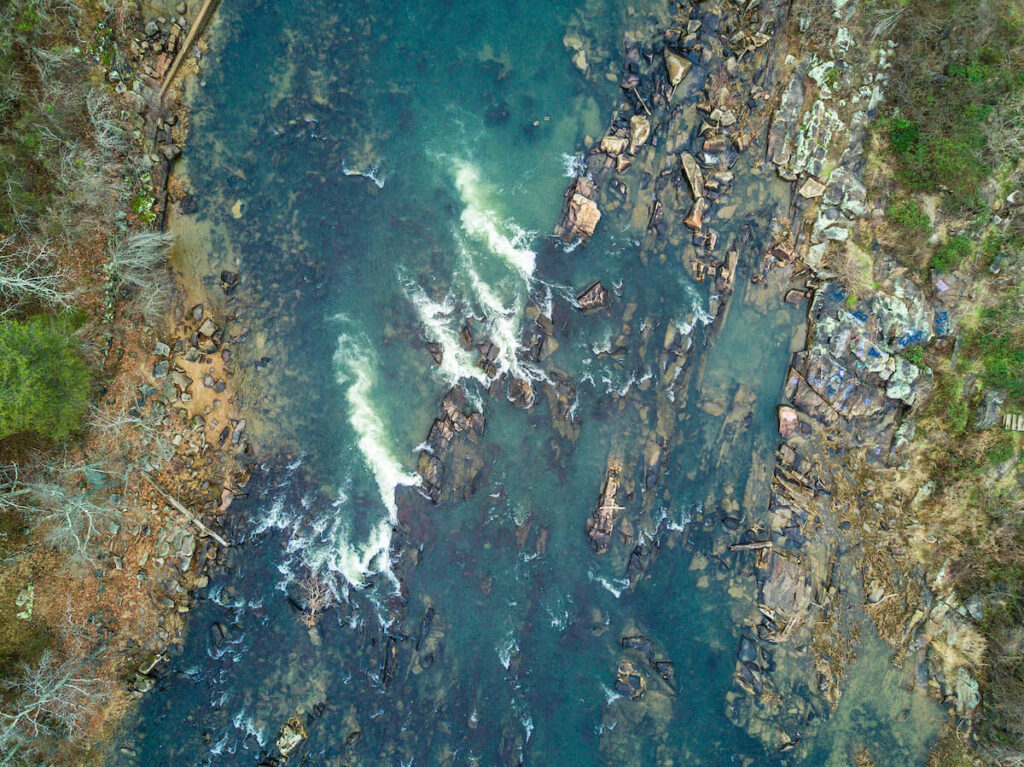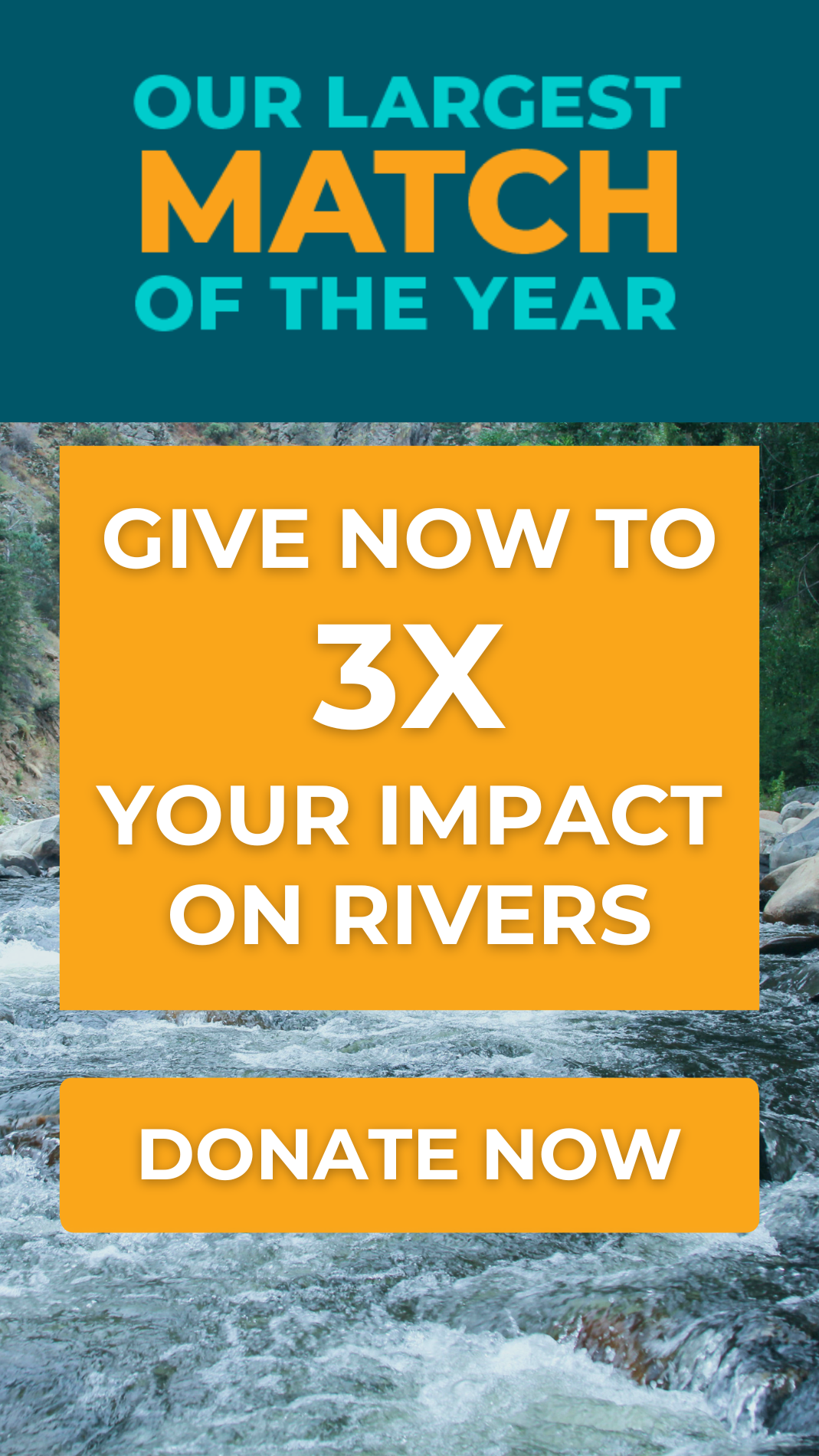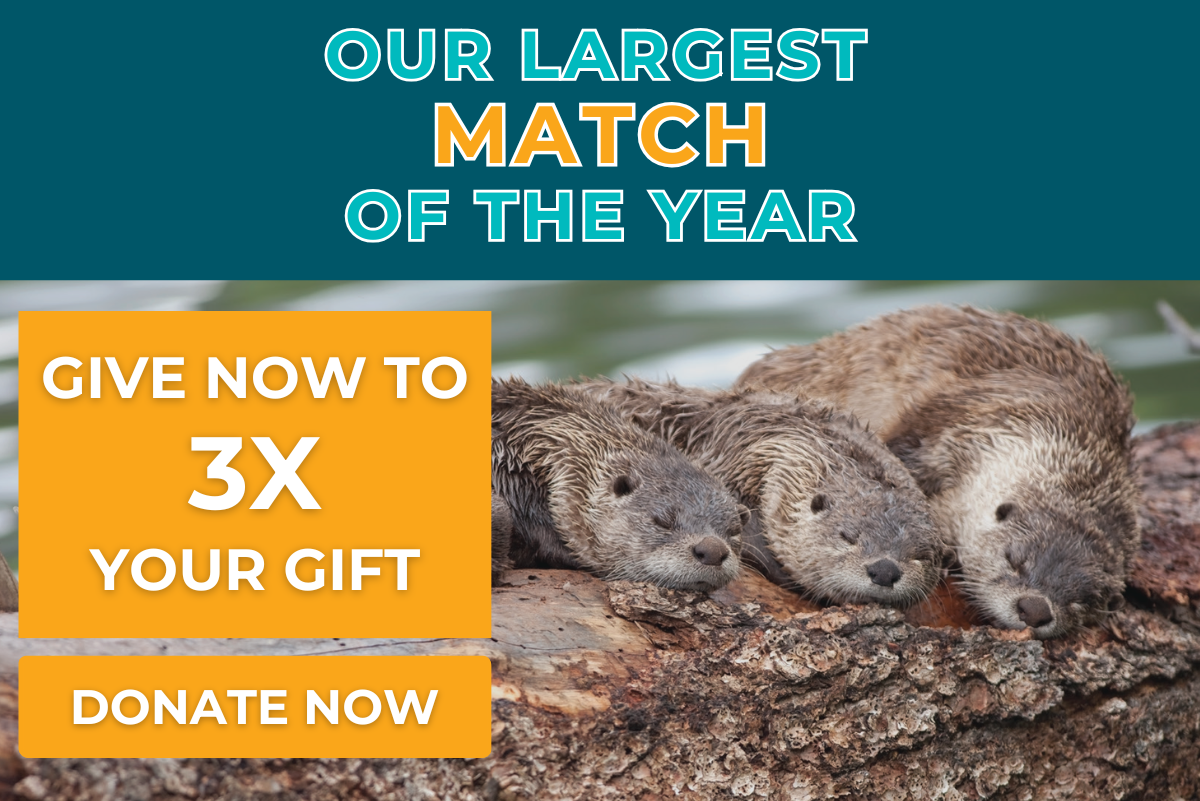What Does It Mean To Be A “Woman In Science”?
Ann Willis, the California Regional Director at American Rivers, took some time to answer this question and share her hopes for future women in science.
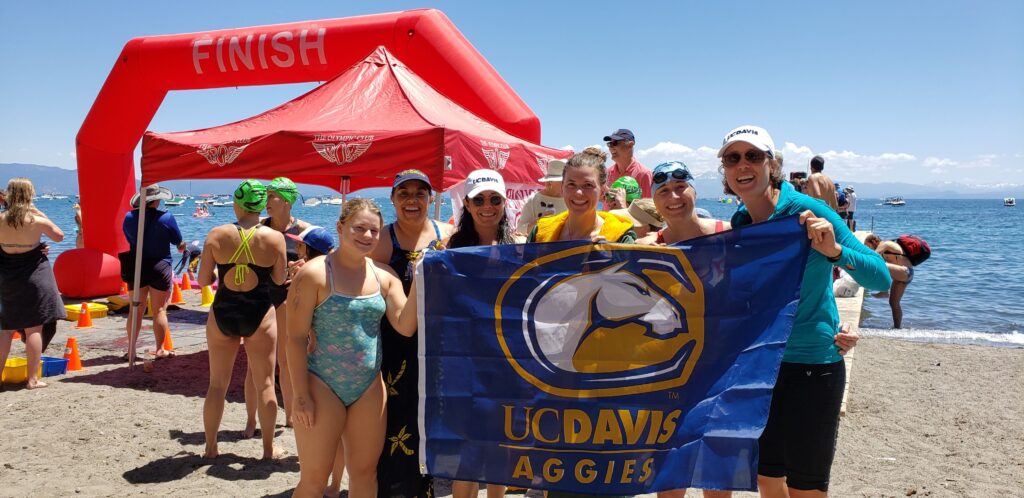
When I’m asked what it means to be a woman in science, I immediately pause and look at the question from a more fundamental level: what does it mean to be a person in science?
For my entire childhood and adolescence, I only had one image of a scientist: a man in a lab coat with a microscope, hunched over a world reduced to energy and particles. I suppose this shouldn’t be surprising: my dad was a chemist and spent his entire career working in labs, trying to make people’s lives better by looking for new ways to treat cancer. My mother is also a scientist: a biochemist who was routinely assigned the task of writing up other men’s research, rather than being invited to participate in the fundamental work of discovery herself.
This is not an inspiring picture.
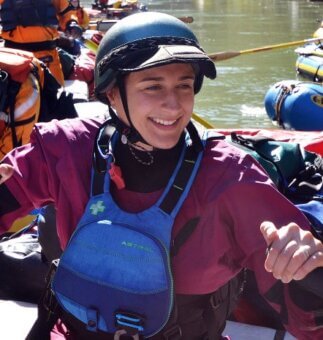
It wasn’t until I had graduated college (with an English degree) that I caught a glimpse of a different path. At 21, I experienced a lot of firsts: my first camping trip. My first rafting trip. My first multi-day rafting trip. On a six-day rafting trip on the Middle Fork Salmon River in Idaho, I felt a visceral connection to the world that I had never experienced before. I felt that I belonged, that I had value. My mind was blown and my world would never be the same again.
I knew I wanted to understand and protect rivers. By talking with countless people who generously shared their knowledge, I learned about field science: learning about the environment through direct, outdoor experience. Combing field science with my love for rivers has led me to a day-to-day life filled with curiosity about the places I’m trying to protect or the people who live in them, and the wonder of discovery when I learn something new. Being a scientist also means choosing a life of humility: approaching my work every day with only one certainty: I don’t know everything. Acknowledging that truth liberates me to recognize and set aside my preconceptions and biases, opening myself to new ideas.
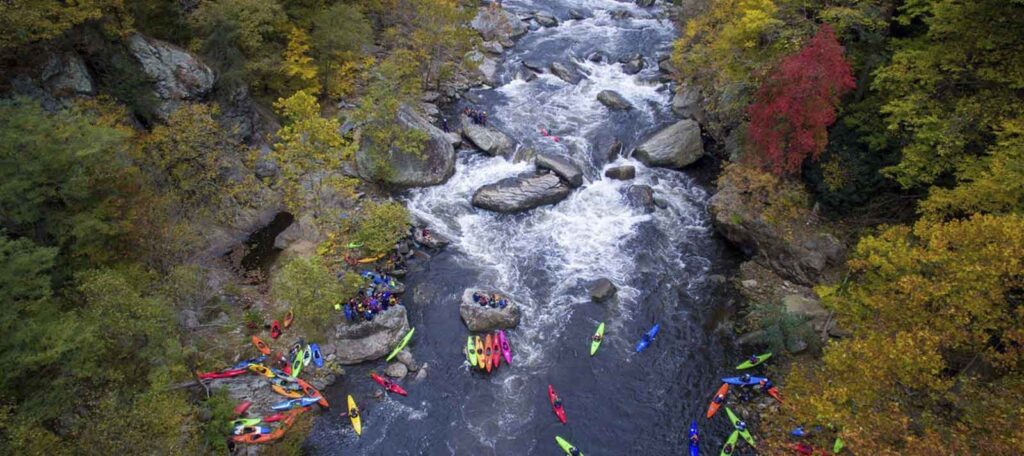
Let's Stay In Touch!
We’re hard at work for rivers and clean water. Sign up to get the most important news affecting your water and rivers delivered right to your inbox.
I’ve been fortunate to work with and be mentored by brilliant, funny female scientists. Dr. Sarah Null at Utah State University was my gateway scientist through her research about removing Hetch Hetchy and restoring the Tuolumne River. Dr. Rachel Johnson is a role model of an applied field researcher who guides federal policy on river management for salmon recovery, and also mentors and collaborates with a diverse community. I am inspired by people like Dr. Kathy Sullivan, the first person to walk in space and reach the deepest known spot in the ocean. And I admire women like those featured in the documentary “Picture A Scientist”, who courageously speak up against the pervasive abuse and marginalization woman experience as they try to make the world a better place by nurturing their own curiosity and passion for discovery.
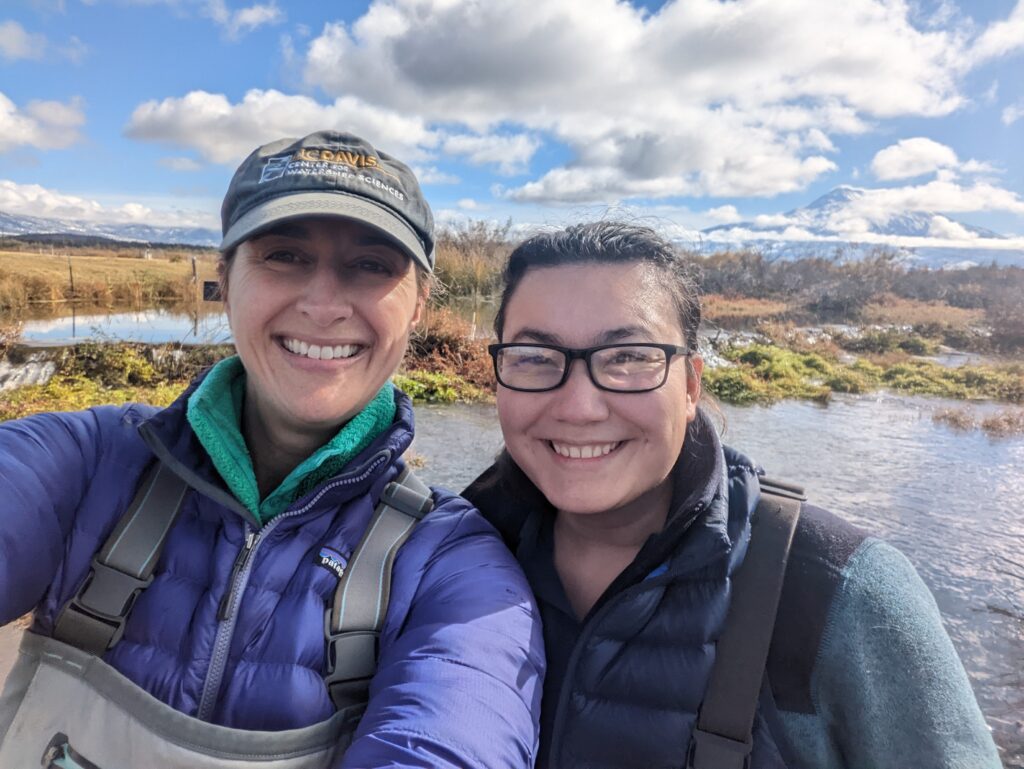
My hope for the future of women in science is simple: that more women pursue field science, and that the existing science community works hard to make that space diverse, equitable, inclusive, and just. I also hope that we make women who pursue field science more visible, normalizing their presence in a space that’s historically been male-dominated, to illustrate a more diverse picture of who scientists are. I hope that women who pursue river science feel inspired to use it as a platform to advocate for the places we love and that have become integral to our identities. Finally, I hope that through their river science, women also learn to embrace the gift of their individuality by emulating rivers. In the words of Maya Angelou, “A woman in harmony with her spirit is like a river flowing. She goes where she will without pretense and arrives at her destination prepared to be herself and only herself.”

